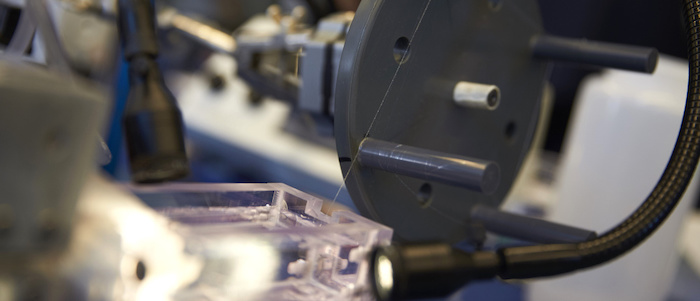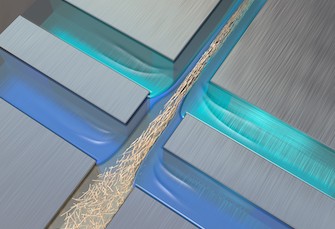The world's strongest biomaterial
By spinning one of nature's own building blocks, nanocellulose, into macroscale fibres, a material with extraordinary strength is achieved. The fibres are surpassing the strength of spider-silk, the long believed strongest biomaterial. Our research is now aiming at getting a deeper understanding of both the material and the process.

Nanocellulose is the smallest fibrils in the plant cell wall and is usually extracted from wood pulp fibres. A typical nanocellulose fibril is 5 – 20 nm in width but has a length in the micrometer scale and an excellent strength of each individual nanofibril. By aligning (arranging) the nanofibrils in a spinning process, it is possible to get a macroscale material with a strength of 1.57 GPa – stronger than spider silk.
The spun fibre can compete in strentgh with carbon fiber and fiberglass, without the problem of adding to landfills after the material's end-of-life. They can thereby be a sustainable alternative in e.g., the automotive industry, and for medical implants.

The method for spinning the superstrong fibres relies on a technique called flow-focusing. By focuing nanocellulose through perpendicular sheath flows, the resulting flow is aligning the nanofibrils. A change in pH locks the nanofibrils inside a gel and a continuous fibre is spun. The process is completely water-based, using no harsh chemicals or temperatures.
Research is now ongoing to gain further insight into the process, the starting material and the final fibre. Using advanced synchrotron techniques, the alignment is studied during the spinning process and combined with studies of nanofibril dynamics using specifically developed tools. A start-up (CelluXtreme) has recently been started to investigate the possibilities of scaling up the process.
Much of the research is carried out within the research centre Wallenberg Wood Science Center .
